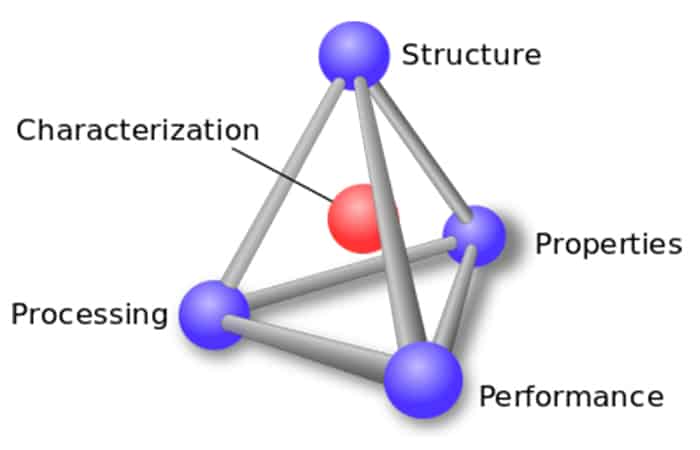 Research from BCGDV and Matmatch has found that 80 per cent of materials research starts with Google. Heiko Wildner asks if this is preventing engineers from thinking out of the box
Research from BCGDV and Matmatch has found that 80 per cent of materials research starts with Google. Heiko Wildner asks if this is preventing engineers from thinking out of the box

Engineers can no longer rely on intuition and experience to solve design problems. With product life cycles continuing to shrink and trends like additive manufacturing rapidly evolving, the pressure for companies to bring cutting-edge products to market is at an all-time high.
When deciding what materials to use, the future of engineering heavily relies on companies being able to embrace digitalisation, especially when looking to create the next generation of products.
Material selection
In 2014, Apple was put under scrutiny following the eruption of ‘Bendgate’. Just six days after the iPhone 6 and iPhone 6 Plus were released, reports claimed that the devices were bending as a result of the phones’ ‘weak’ enclosures.
Many questioned the integrity of the company’s engineering of the devices, but Apple published a statement defending the design and materials choice arguing that with regular use, customers would not find their device bending.
Not every company has an established reputation like Apple, which can help overcome any potential product backlashes like this. However, the release of the iPhone 6 demonstrates the care that must be taken when engineering new products.
Evaluating materials
The re-evaluation of materials is thought to be time-consuming, so many engineers have been hesitant to explore alternative options. By doing so, they have restricted their designs.
Most companies will request more than just a sample of a new material to move forward with a product’s development. Procurement teams will often require various supporting documents, in particular materials data sheets, to endorse the material selection. This information is not always readily available or, in some cases, completely accurate, putting an additional block to thinking outside the box.
Through research of user behaviour on our own site, we found that a third of our visitors were simply looking for a material they already knew about. This suggests they had already decided what material they were planning to use. We have found this to be the result of mechanical and design engineers relying on their intuition and experience to speed up the research segment of the design process, dampening innovation.
Reliability
Materials are often listed on internal databases without technical data sheets to support the claims of the described material. When manufacturing a new product, companies need to consider the practicalities of their choice and whether it is fit for purpose.
In principle, comparing different materials is simple, and digitisation has made it easier for engineers to access a vast amount of materials data. The issue for many engineers is that there is a wide-range of parameters used to describe materials, making research a longer process.
It is rare for a product to be completely manufactured from just one material. From our own research, we found that most products are created with two to five different materials. However, 7 per cent of engineers reported that their last project involved using more than 15 materials for just one product.
It is for this reason that many engineers do not have a single search criterion when sourcing materials for an application. Each product must be analysed independently with designers considering the use, target market and feature specifications it needs to fulfil to identify the materials requirements.
Changing design
Design techniques are changing and design tools advancing. Traditionally, engineers conducted ‘classical design’, where companies created a product that can evolve over time, as resources improve and consumer needs alter.
Designers then turned to ‘design thinking’. This technique is driven by empathy for the customer and wanting to create something that will resolve a current issue. For example, creating an exoskeleton that is comfortable and light for the human operating it.
We expect computational design to become more prominent. This aims to enhance the design process by encoding design decisions using a computer language.
The goal is not to document the final result necessarily, but rather the steps that led to that result to assist future discoveries.
By encoding design rules in a computational framework, engineers can generate hundreds, if not thousands, of options that are more complex and may not have been discovered with classical design practices. The Disney research department adopted this approach to design more flexible structures for the robotics industry.
While Google may be the first point of call for finding a simple solution or a quick answer to a design question, mechanical and design engineers should make better use of the tools available to them.
Choosing the right material does not have to be a long, drawn-out process, especially if engineers extract the right data from frequently updated tools to support their decisions. Digitalisation presents a number of opportunities for engineers and designers to take a better scope of the materials industry and heighten innovation.
Heiko Wildner is chief operating officer at comparison database MatMatch










Water Sector Talent Exodus Could Cripple The Sector
Well let´s do a little experiment. My last (10.4.25) half-yearly water/waste water bill from Severn Trent was £98.29. How much does not-for-profit Dŵr...